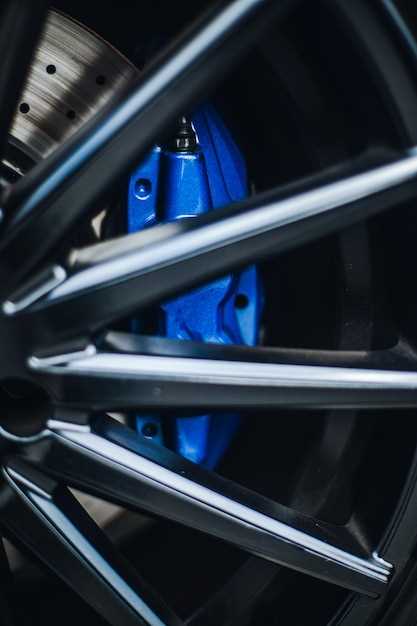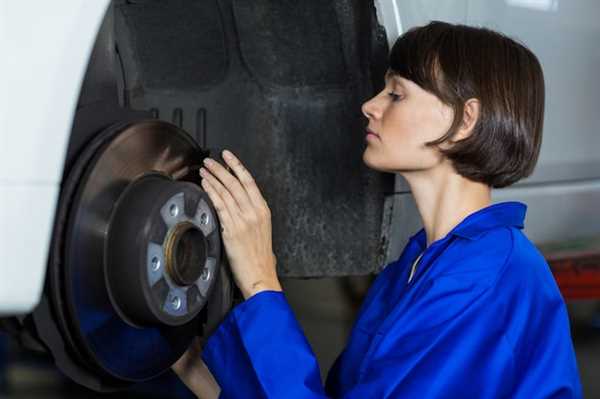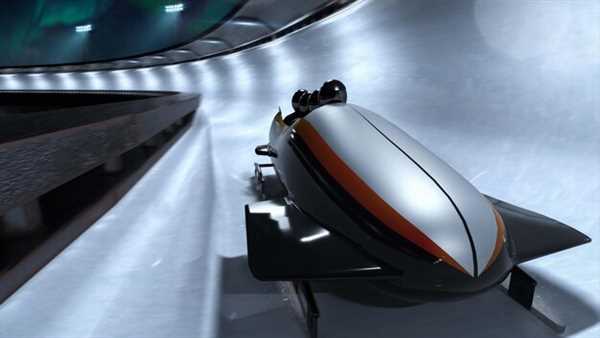
Incorporating cutting-edge stopping technologies is crucial for enhancing the handling and safety of your automobile. These mechanisms are meticulously engineered to ensure rapid deceleration, improved responsiveness, and increased driver control. Choosing the right component can significantly impact your vehicle’s overall performance, especially under high-stress conditions.
It’s essential to explore the benefits of ceramic and carbon composite materials when selecting replacement pads or rotors. These advanced materials offer superior heat resistance and reduced weight, ensuring consistent performance even in extreme conditions. Additionally, consider options with multi-piston calipers, which provide better force distribution and shorter stopping distances.
Lastly, regular maintenance and upgrades play a pivotal role in preserving the longevity and functionality of your vehicle’s stopping features. Investing in high-quality fluids and ensuring proper alignment can greatly enhance your driving experience and improve safety on the road.
Precision Engineering in Carbon-Ceramic Brake Systems

Utilize carbon-ceramic materials to achieve superior thermal stability and weight reduction in braking components. These composites withstand high temperatures and reduce brake fade, enhancing performance during intense driving scenarios.
Implement meticulous manufacturing processes including high-precision molding and sintering to ensure uniform density and strength. This minimizes variability in performance and extends the lifespan of the components significantly.
Incorporate advanced cooling mechanisms to further enhance temperature management. Utilizing drilled or slotted designs can improve airflow across the surface, diminishing overheating risks during prolonged use.
Opt for specialized friction materials tailored to work synergistically with carbon-ceramic disks to ensure optimal bite and modulation. This pairing maximizes stopping power while enhancing the pedal feel, crucial in competitive racing conditions.
Regular maintenance checks should focus on monitoring wear rates, as the hardness of carbon-ceramic can lead to increased rotor lifespan. Replace pads based on actual usage metrics rather than conventional timelines to ensure reliability.
Monitoring and Calibration Techniques for Enhanced Brake Performance

Utilize real-time telemetry to monitor pressure, temperature, and force applied during deceleration. This data provides insight into the operation of the components, allowing for immediate adjustments.
Incorporate wear sensors within the friction materials to track degradation levels accurately. Graphing this information can help predict component lifespan and maintain optimal functionality.
Engage in regular calibration of hydraulic systems. This includes verifying fluid levels and ensuring no air is trapped in the lines, which may result in responsiveness loss.
Implement load testing on various surfaces and speeds to evaluate braking distances and overall handling. Adjustments can then be made based on specific performance metrics to achieve consistency.
Analyze feedback from the driver, utilizing onboard diagnostic systems to interpret their experiences. This qualitative data can guide precise adjustments that align with real-world usage.
Consider the environmental impact, including ambient temperature and humidity, which may affect material behavior. Periodic recalibration can account for these variations to maintain optimal response.
Leverage advanced simulation software to model braking scenarios and assess performances under different conditions. This allows engineers to optimize designs before physical implementation.
Comparative Analysis of Active vs Passive Braking Technologies
The choice between active and passive stopping technologies significantly influences the stopping capability and handling of a vehicle. Active mechanisms, such as Electronic Stability Control (ESC) and Anti-lock Braking Systems (ABS), provide enhanced modulation of pressure during engagement, ensuring that tires maintain traction and prevent skidding.
In contrast, passive methods rely on traditional systems, utilizing mechanical levers and friction materials primarily. While these may offer reliability and simplicity, they often lack the responsiveness needed in high-stress situations. Statistics show that vehicles fitted with active technologies can reduce stopping distances by up to 30% in emergency conditions compared to their passive counterparts.
Moreover, active setups can dynamically adapt to varying road conditions and driving styles, ensuring maximum performance through continuous monitoring. Data indicates that vehicles with ESC reduce the risk of loss of control by approximately 50%, a substantial advantage for aggressive driving scenarios.
Cost, however, can be a deciding factor. Passive systems generally have lower initial expenses, making them appealing for budget-conscious consumers. Active technologies, while pricier, often lead to lower maintenance costs and improvements in long-term vehicle value.
In conclusion, selecting between these two types depends on the intended use of the car. For those prioritizing safety and agility, especially in high-speed scenarios, investing in active technologies is recommended. For everyday usability and budget constraints, passive options may suffice. Analyze specific performance metrics aligned with your driving preferences to make an informed decision.

